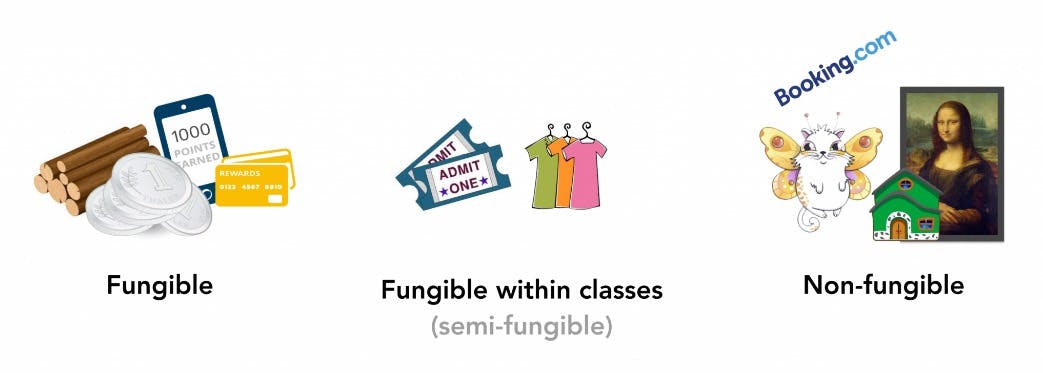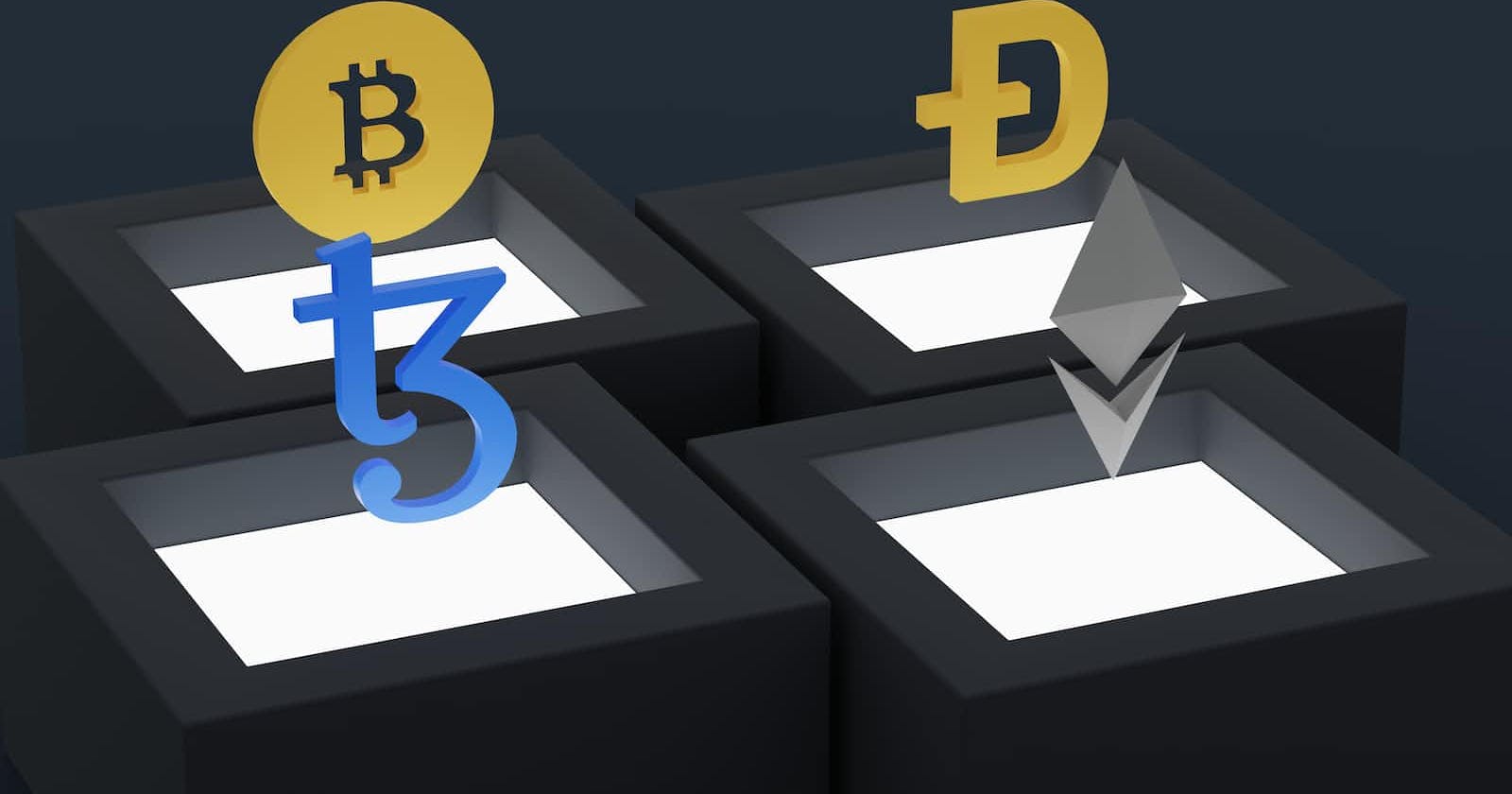Introduction
If you are into blockchain space you may have heard the buzzword NFT and their jaw-dropping prices. In this blog, we'll try to understand what NFT is? why are people spending millions of dollars to buy this digital art and why this is a revolutionary technology?
What is an NFT?
NFT stands for non-fungible token. Non-fungible is an economic term that you could use to describe things like artwork, a hand-signed album, or a rare collectible Pokemon card. These things are not interchangeable with other items because they have unique properties.
On the other hand, fungible items can be exchanged because their value defines them rather than their unique properties. For example, a $10 note is interchangeable with another $10 note.

NFTs are tokens that we can use to represent ownership of unique items. Imagine you have a special sticker that only you have. This sticker shows that you own something cool, like your favorite toy. Nobody else has the same sticker. That sticker is like a magical token, and we call it an "NFT".
So, just like your special sticker shows you own your favorite toy, NFTs show who owns special things on the computer. These special things could be pictures, videos, or even make-believe items in games. NFTs help us know that these things are one-of-a-kind and belong to someone special, just like your sticker shows your special toy belongs to you!
How do NFTs work?
NFTs work on blockchain, a digital ledger that keeps track of transactions securely and transparently. NFTs are unique tokens created using smart contracts on a blockchain. They represent ownership of digital or physical items, and their metadata and ownership information is stored on the blockchain for transparency and security.
When someone creates or mints an NFT, they execute code stored in smart contracts that conform to different standards, such as ERC-721. This information is added to the blockchain where the NFT is being managed.
The minting process, from a high level, has the following steps that it goes through:
Creating a new block
Validating information
Recording information into the blockchain
Suppose, you purchase an NFT now the ownership of the new token is transferred to your wallet via the public address. This token proves that you own the original copy of the digital file and your private key is proof of ownership of the original.
The creator's public key serves as a certificate of authenticity for that particular digital artifact. The public key of the token's creator is essentially a permanent part of its history. The creator's public key can prove that the token you own was made by a specific person, increasing its market value (vs. a counterfeit).
As it is stored on blockchain no one can manipulate it anyway and you can sell it, and in some cases, this will earn the original creator resale royalties or you can hold it forever, resting comfortably knowing your asset is secure in your wallet.
What determines the value of NFT?
The prices of NFTs can change just like the prices of any other items that people buy and sell. The value of an NFT can go up or down based on several factors. Like,
Demand and Supply
Just like with any product, if more people want a particular NFT than there are available, the price can go up. On the other hand, if there's a lot of supply and not many buyers, the price might go down.
Creator Reputation
NFTs created by well-known artists, musicians, or creators tend to have higher values because people trust their work and want to own something made by them.
Scarcity and Rarity
If an NFT is really unique or limited in number, its value can be higher. People often like to own things that are one-of-a-kind or part of a small collection.
Popularity
If a certain theme or style becomes popular, NFTs that match that trend might become more valuable. People want to be a part of what's in fashion.
Artistic or Emotional Value
People might be willing to pay a lot for an NFT that has a deep personal meaning or emotional connection to them.
Some NFTs will automatically pay out royalties to their creators when they're sold. This is still a developing concept but it's one of the most powerful.
What are NFTs used for?
Digital Content
NFTs have opened up exciting possibilities for creators and consumers in the realm of digital content. Artists turn their digital creations into NFTs, proving authenticity and ownership. Musicians release albums and songs as NFTs, providing direct sales to fans. Gamers trade virtual items like skins and characters as NFTs.
Collectibles, e-books, and even event tickets are tokenized, ensuring uniqueness and ownership. NFTs empower creators by monetizing their work and give buyers tangible ownership of digital assets, revolutionizing digital content consumption.
Certificates of Authenticity
Imagine you can own your certificates as NFTs in your wallet. It can be a secure and quick way to verify your degree credentials. The blockchain's permanence will ensure lasting records, and will enable seamless ownership transfer and recognition across platforms.
This digital approach reduces paperwork, saves time, and provides individuals with direct control over their credentials. Overall, NFTs have the potential to revolutionize certificate management, offering efficiency, security, and accessibility.
Tokengating
Tokengating is a way of restricting access to something and using NFTs as a way to unlock access. Depending on the platform, these things might vary greatly, but typical examples include gated material, secret chat servers, and exclusive products in the world of e-commerce.
A platform that does token-gating will typically ask you to connect your wallet to prove you own the required NFT. If you have the NFT you need, you'll get access. If not, the thing will remain gated. NFTs are a great way to do this because of their uniqueness – you can't fake ownership to get the thing.
Examples of NFTs
A ticket that gives you access to an event or a coupon (https://www.yellowheart.io/)
Degree Certificates (https://www.degreecert.com/)
Digital identity(https://photochromic.io/)
This blog has been written by Divesh Mahajan (LinkedIn, GitHub, Twitter, Hashnode)

